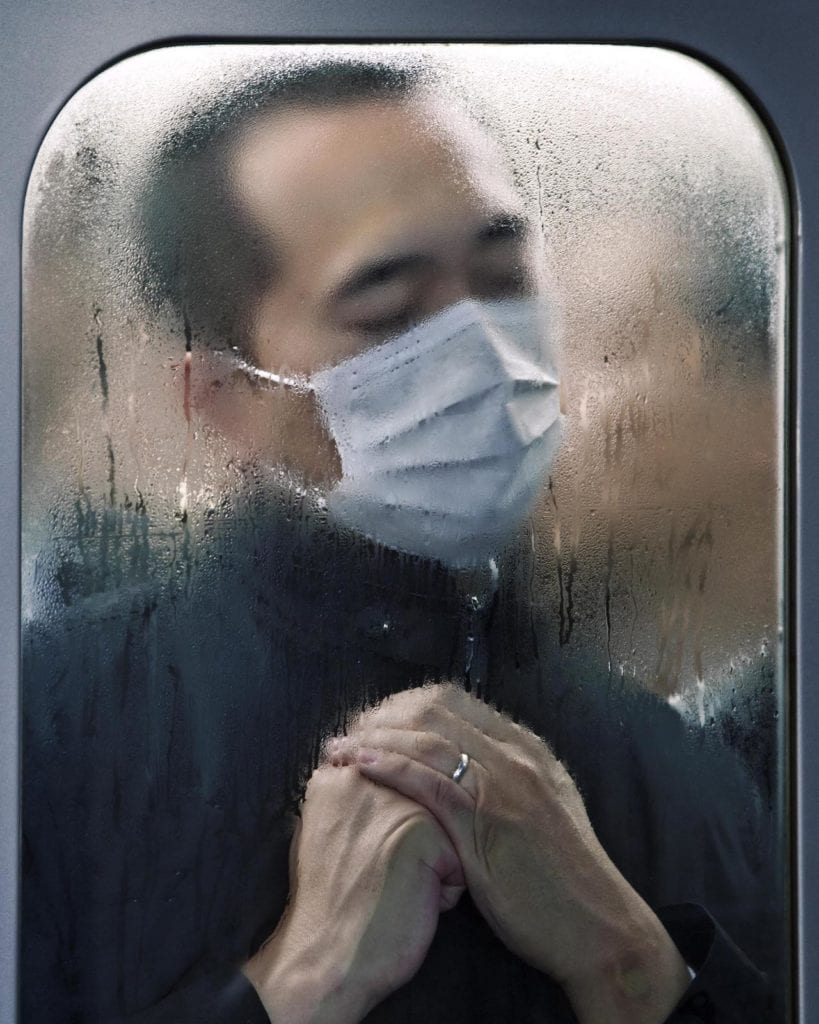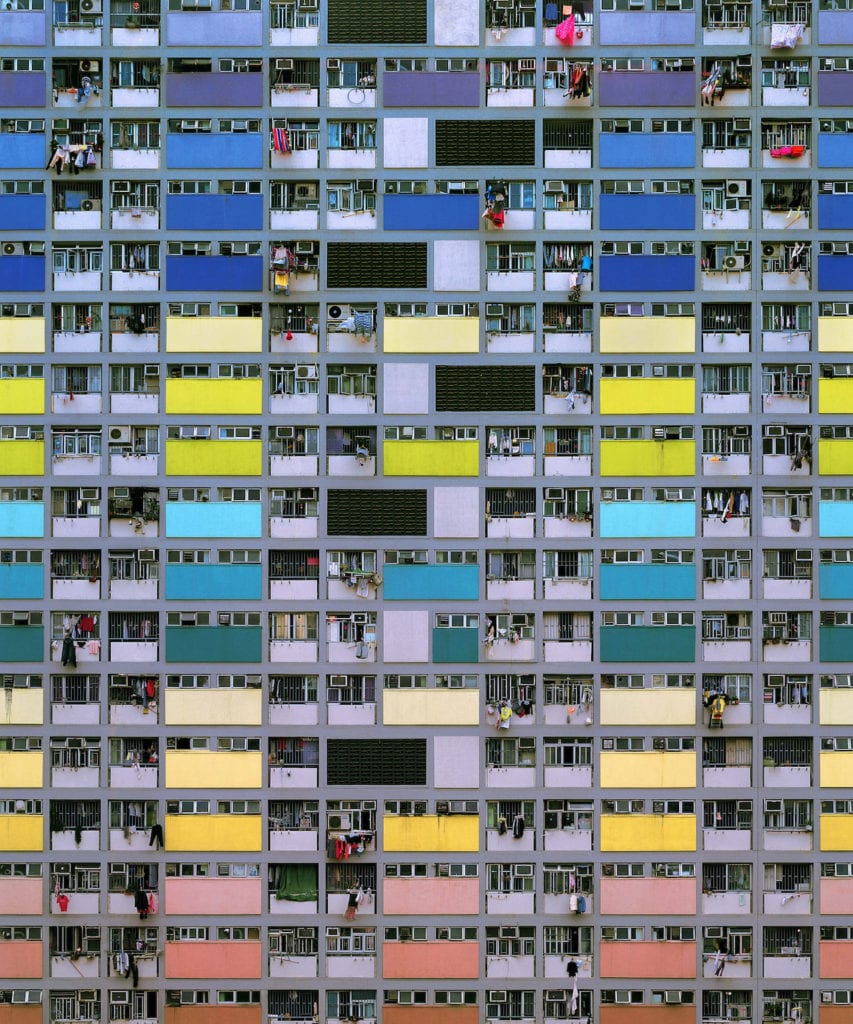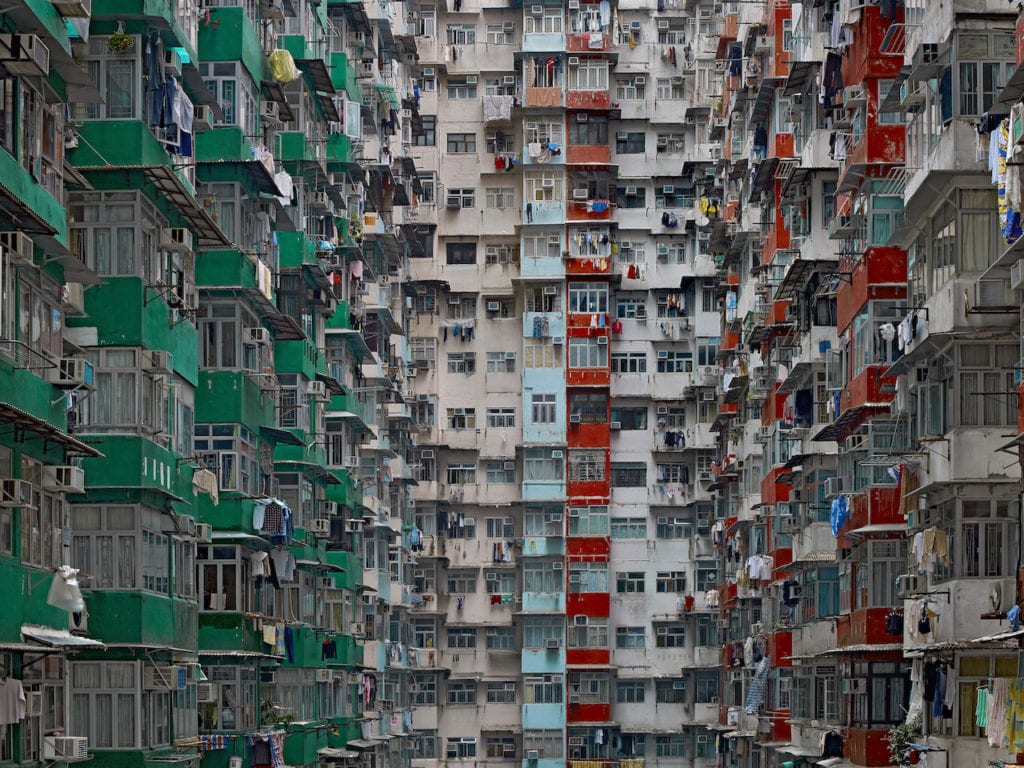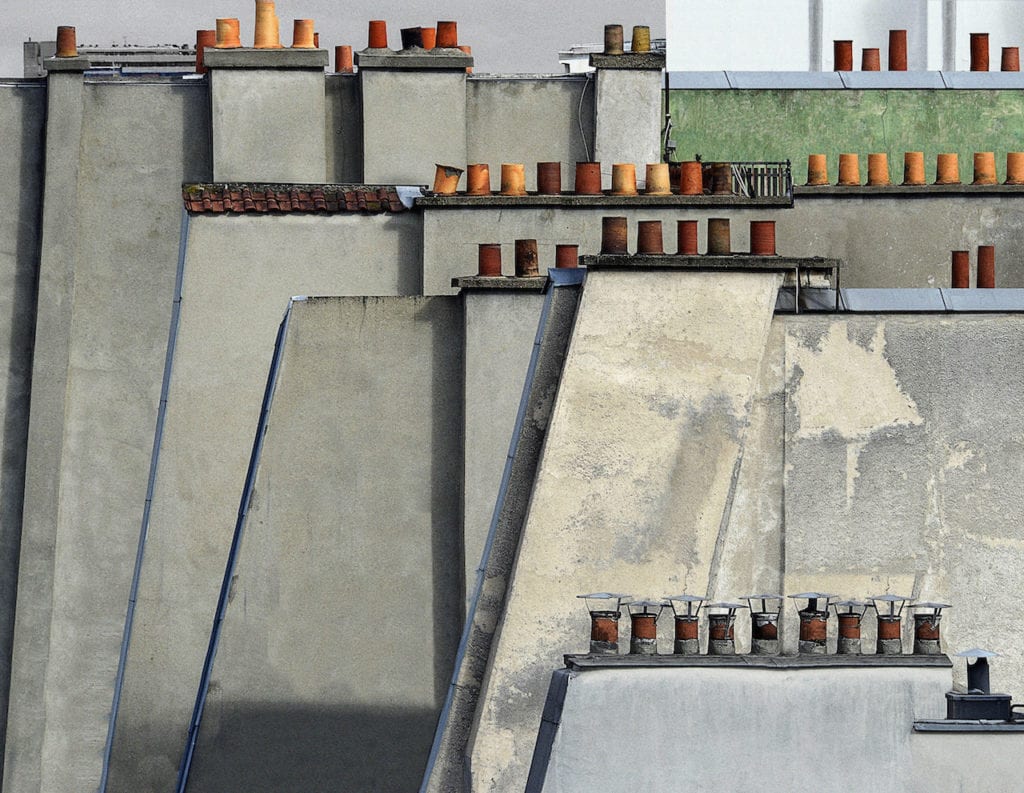“Wherever I am, I need to work photographically,” Michael Wolf told BJP back on 04 March, 2011. And wherever he was could be all over the world, from Hong Kong to France, and from the United States to China, usually in the big cities in these countries.
Wolf’s life was international from the get-go, starting out in 1954 in Munich then growing up in the US and Canada, before returning to Germany to study visual communication at the Folkwang School in Essen with Otto Steinert, graduating in 1976. In 1994 he moved to Hong Kong to start work as a photojournalist, spending the next eight years taking photographs for German magazine Stern.
“Michael Wolf’s photography is that of an outsider,” states his website. “Born in Germany raised in the US and Canada, returning to Germany to study photography before spending the vast majority of his career in Asia, his work defied categorisation.”
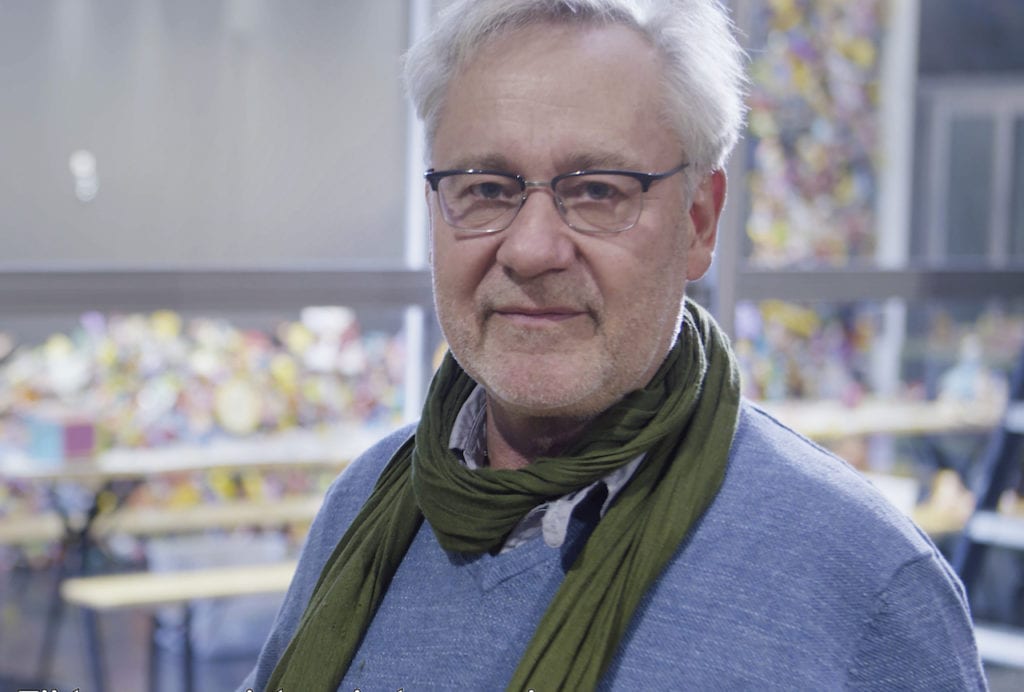
In 2003 Wolf decided to expand his work beyond photojournalism; his breakthrough project – The Real Toy Story – was a radical extension of what was originally a Stern commission, China – Factory of the World. Returning to the US from China, Wolf collected 20,000 objects made in China in a month, creating a huge installation which was paired with images of factory workers back in the Asian country.
Like another early self-assigned project – photographs of chairs that had been repaired over and over again in China, which were published as Sitting in China in 2002 – The Real Toy Story put a human dimension into a stories with a wider sociological perspective. This became something of a trademark in his images, even as he moved on to consider life in metropolises, and set his series apart from the work of the Dusseldorf School to which it was sometimes compared.
“Michael Wolf’s work on life in cities was always driven by a profound concern for the people living in these environments and for the consequences of massive urbanisation on contemporary civilisation,” his family said, announcing his death. “This commitment and engagement remained central throughout his career, first as a photojournalist and then as an artist.”
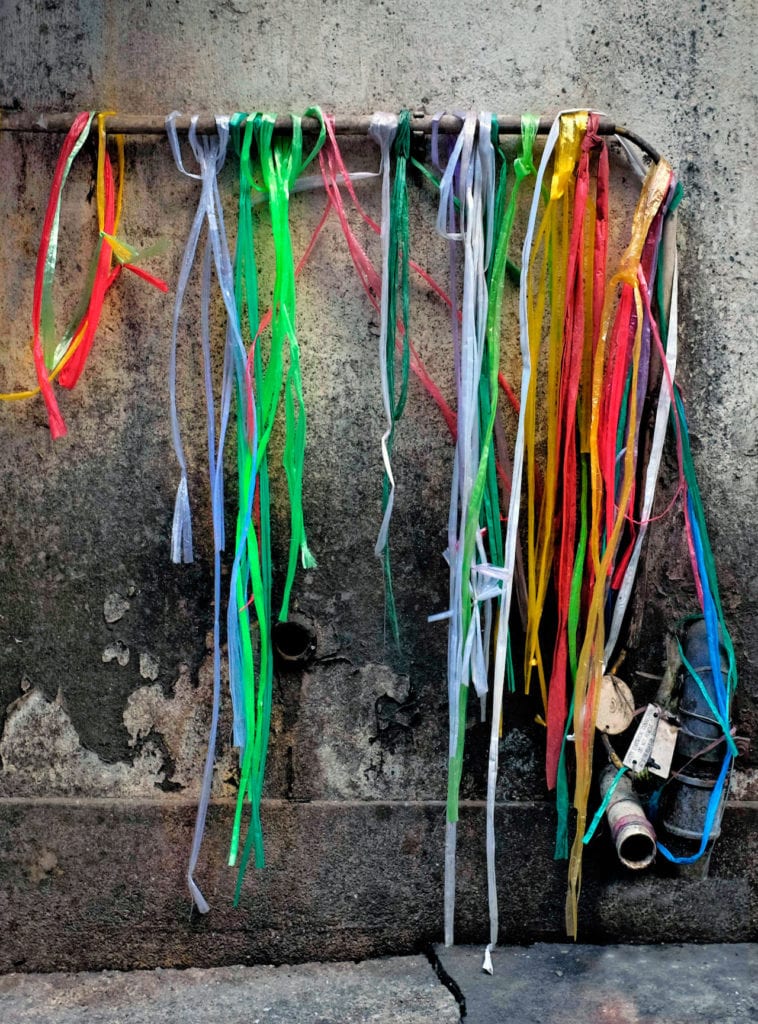
His projects Informal Solutions (2003-2019) and Hong Kong Back Door (published by Thames & Hudson in 2005) both showed the human fixes, bodges, and innovations, that humanise life in the city. In 2006, meanwhile, Wolf photographed people at home in their rooms in Hong Kong’s oldest public housing complex, the Shek Kip Mei Estate, which was going to be demolished. Each room was about 100 square feet in size and, using wide angle lenses, he photographed as much of the room as possible, to show how each individual had personalised the identical space.
His 2010 book Tokyo Compression, meanwhile, showed Japanese commuters pressed against train windows in the crowded Tokyo underground. Wolf won a first prize in Daily Life in the 2009 World Press Photo competition for Tokyo Compression, and it was shown in the 2011 Nooderlicht Photofestival.
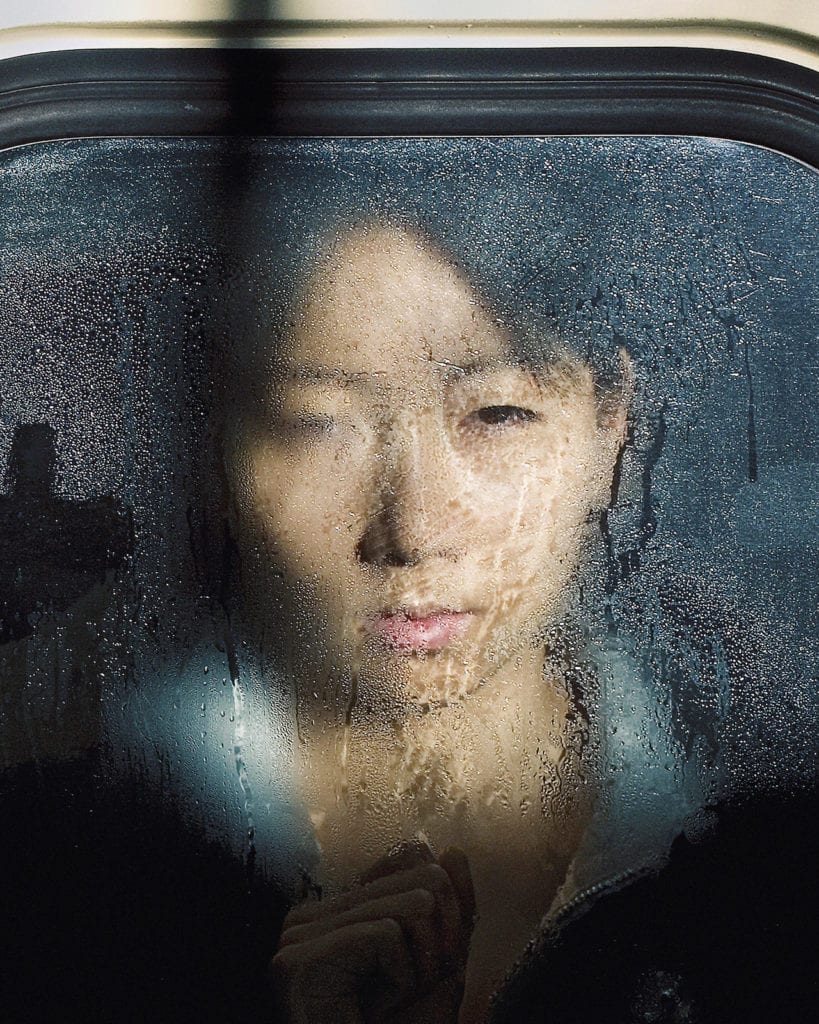
Wolf won first prizes at World Press Photo in 2005 and 2010, but it was the honourable mention he won in the 2011 competition that caused controversy. Wolf was picked out for a story called A Series of Unfortunate Events, in which he photographed accidents and mishaps recorded by the otherwise robotic eye of Google Street View cameras. “I thought it would be a wonderful project,” Wolf told BJP shortly afterwards.
“These things happen then actually quite rarely, how often have you walked down the street and seen a bicycle accident? It happens maybe twice in your life but here you have on Google five of them, or a person having a heart attack. I think that we tend to underestimate the amount of time that Google is on the street continuously photographing, and it’s just a matter of being and doing something long enough that you’re going to come across almost everything that happens in life.”
Far removed from traditional photojournalism, A Series of Unfortunate Events was a controversial awardee for World Press Photo but, with his eye for sociology and humanity’s ongoing evolution, Wolf took the criticisms in his stride. “I received a lot of emails and if you look at the blogs there are many reactions, mainly con very few pro,” he told BJP.
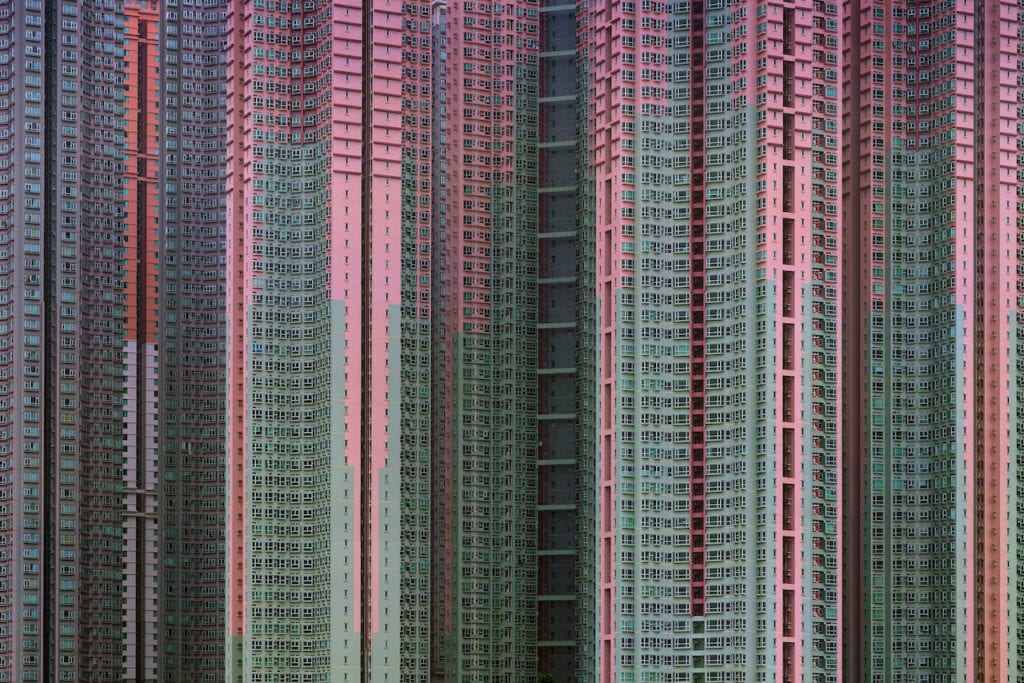
The exception to this ability to find the human in the apparently monumental was Wolf’s best-known project, Architecture of Density, in which he photographed the skyscrapers of Hong Kong from 2003-2014. Deliberately framing the shots without any sky, his images seem to emphasise the sheer scale and anonymity of the blocks; even so, talking with BJP in 2011, Wolf seemed to suggest the sheer vivacity of this apparently inhuman landscape – the place in which he lived for so long, and in which he died suddenly on 24 April 2019.
“But it doesn’t matter. For me the thrill of it all is that there is a dialogue now and people are discussing this topic which would never have happened if the World Press hadn’t given me the honourable mention. I think the Google platform is a very interesting project and if we look at this in say 30 years I think Google should get a prize for doing this incredible documentary project.”
“I moved to Paris in 2008 and I very quickly realised that I do not like Paris very much,” he said. “Culturally and in a culinary sense it’s a wonderful city but architecturally it hasn’t changed in 100 years and I was used to this unpredictability of Asia – which is wonderful and is constantly pulling in surprises.”
Michael Wolf was born in 1954 in Munich, and died on 24 April 2019 in Cheung Chau, Hong Kong. He is survived by his wife Barbara and his son Jasper. photomichaelwolf.com
